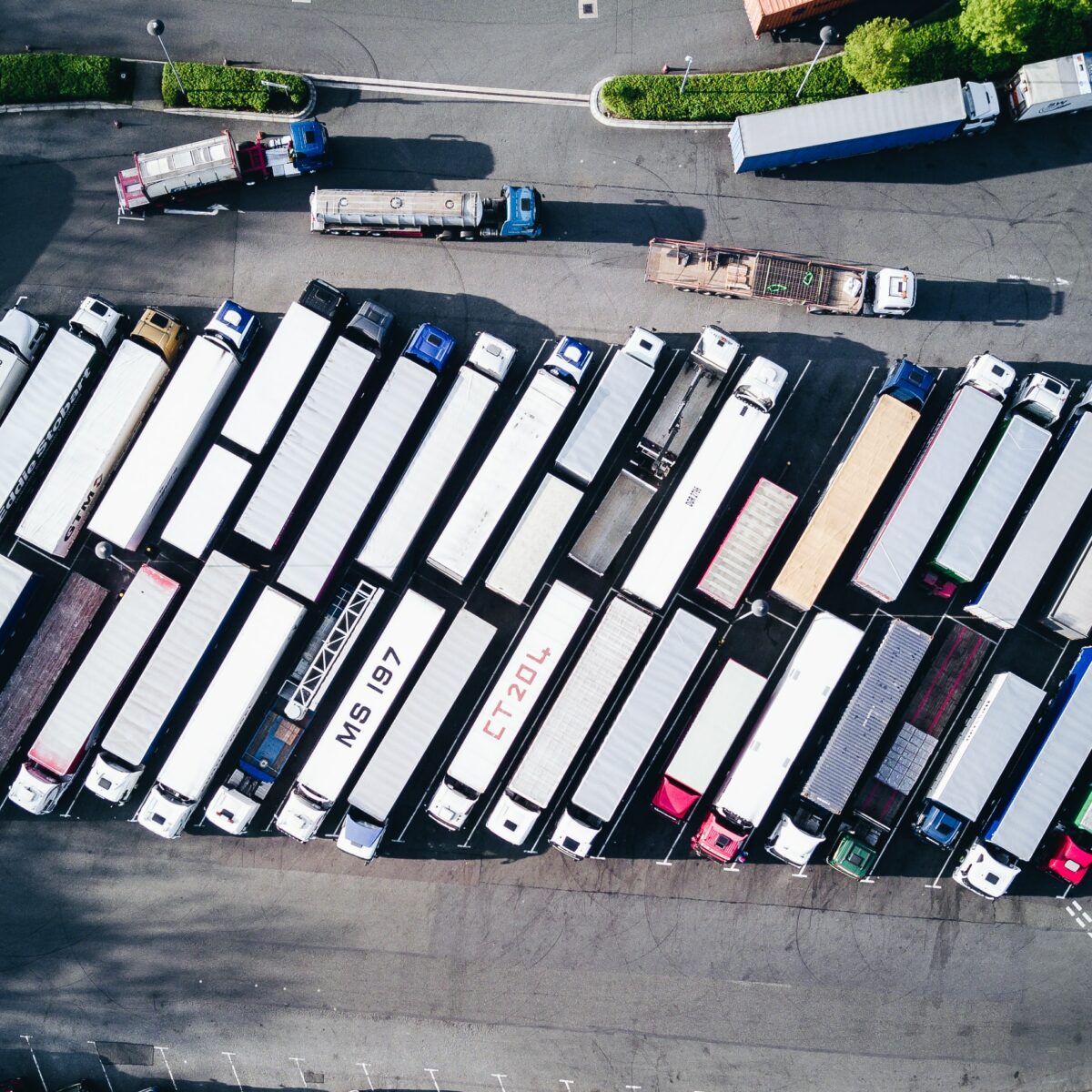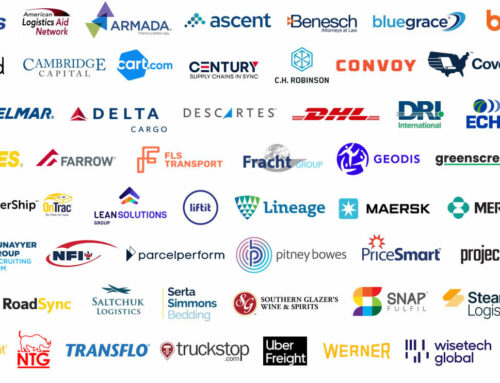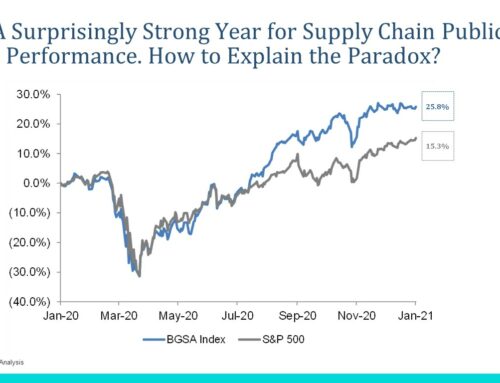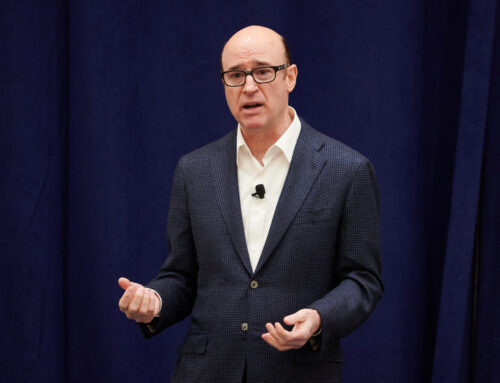Originally published at cnbc.com on August 20, 2014.
To understand what transportation will look like in 2039, follow the big money.
Long-term investors who control tens of billions of dollars—private-equity firms, sovereign wealth funds, public pensions and the like—aren’t betting on the proverbial jet pack of tomorrow. Instead, they hope to make substantial returns by focusing on more immediate—and boring—needs, like fixing bridges, redesigning airports and tweaking road and car technology.
Deals like Industry Funds Management’s purchase of London Stansted Airport in 2013; Fortress Investment Group’s ongoing development of Florida East Coast Industries, a regional rail system from Miami to Orlando; and Global Infrastructure Partners’ recent sale of its stake in the Port of Brisbane to Canadian pension La Caisse de dépôt et placement du Québec show how private investors will have a big part in shaping the evolution of transportation over the next 25 years.
“History has shown that the public and broader market forces will look for the most efficient form of transportation available, and for the foreseeable future this probably means a reliance on current technologies using existing forms of infrastructure,” said Dale Bonner, chairman of infrastructure developer Plenary Group USA.
“Current modes of surface, air and water transportation are likely to remain with us for the foreseeable future,” added Bonner, the former California secretary of business, transportation and housing. “Most investors are betting on this also, since so much of the investment is in technologies designed to improve rather than replace these modes and the complex systems they rely upon.”
Of course, many novel transportation technologies are in development. Sub-orbital flight, backed by Richard Branson, Jeff Bezos and others, could cut a 15-hour plane trip to two hours. Gas and electricity are likely to increasingly power cars and trucks, as Tesla has successfully pioneered. And driverless vehicles, like the prototypes that Google recently trotted out, are entering the realm of serious discussion.
The need for contemporary transportation fixes is jarring.
McKinsey estimates that $57 trillion of infrastructure investment is needed by 2030 to support economic growth expectations. A big chunk, $23.8 trillion, is from transportation-related projects: roads ($16.6 trillion), rails ($4.5 trillion), seaports ($0.7 trillion) and airports ($2 trillion).
After all, the global population is expected to hit 9 billion by 2050, which could mean 3 to 4 times as much passenger travel and 2.5 to 3.5 times as much freight movement as in 2000, according to the International Transport Forum.
The situation in the U.S. is no different. As Fortress Investment Group has noted publicly, an estimated $3.6 trillion will be required to repair existing infrastructure in the U.S. Much of that represents roads ($1.73 trillion) plus airports ($135 billion) and rails ($100 million).
“Our current infrastructure deficit is an economic drag on businesses and consumers alike, and further investment is crucial to fostering economic growth, creating jobs and keeping us competitive in the global economy,” BlackRock chairman and CEO Larry Fink said in July about a new White House initiative to fund American infrastructure rejuvenation with the help of private capital.
There’s also tremendous opportunity in getting more out of existing transportation infrastructure.
A 2013 report by McKinsey estimated that the world could save $1 trillion a year from 2013 to 2030 by improving current infrastructure through better project selection, streamlined construction, and operational improvements of existing roads, seaports and other assets. All this would improve productivity by 60 percent.
“Getting the most out of existing assets is becoming a critical imperative as many forms of infrastructure hit capacity constraints that cannot be resolved simply by building more,” McKinsey noted.
Investors are well aware of that need and their ability to step in where governments can’t. Municipal bond issuance is down sharply since 2010, and federal and local governments often struggle to find funding for large infrastructure projects.
Benjamin Gordon, an industry expert and founder of mergers and acquisitions–focused BG Strategic Advisors, estimates that private-equity firms alone will invest at least $100 billion in the next five to seven years on transportation.
“Private equity will be vital to shaping transportation over the next 25 years,” Gordon said.










